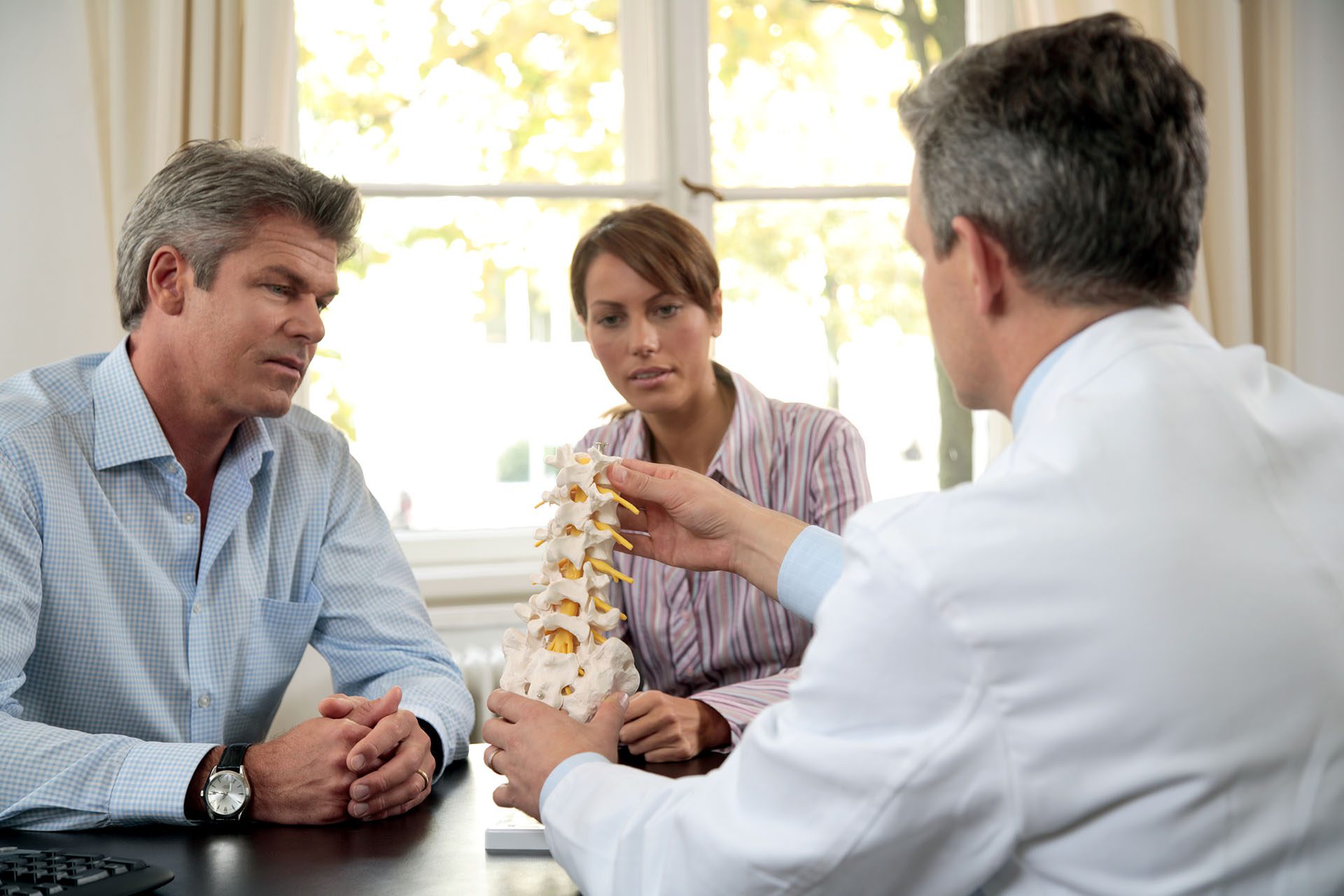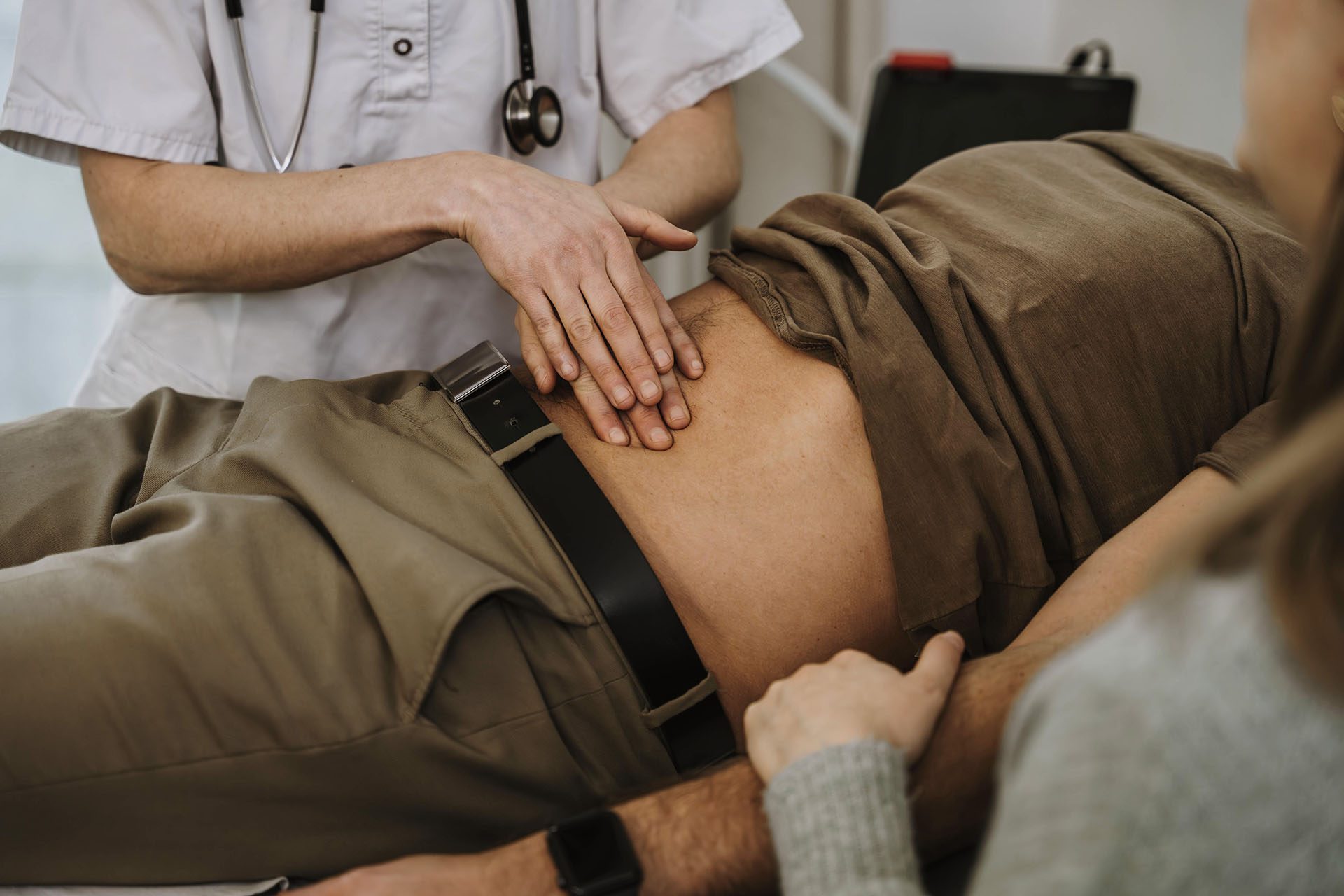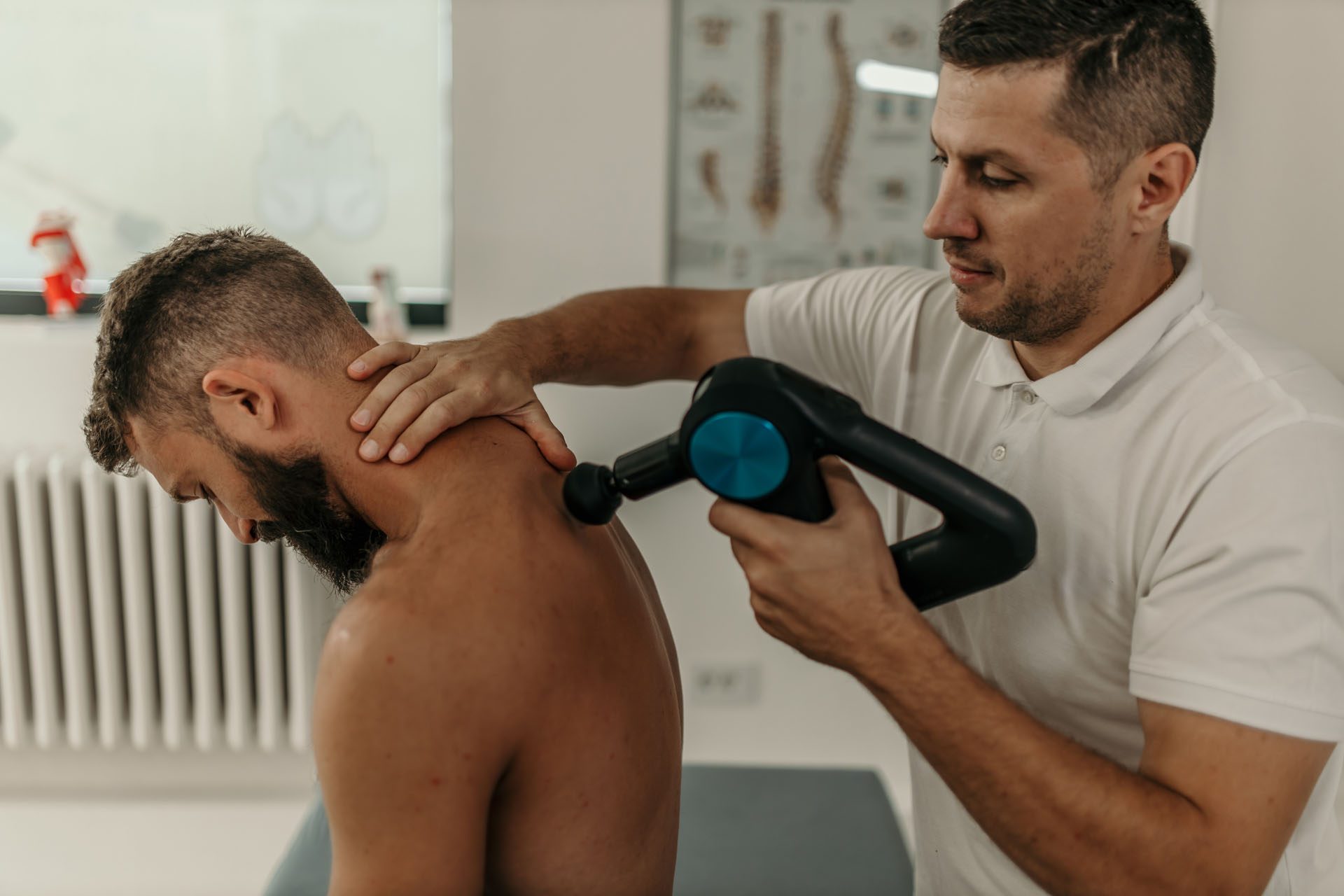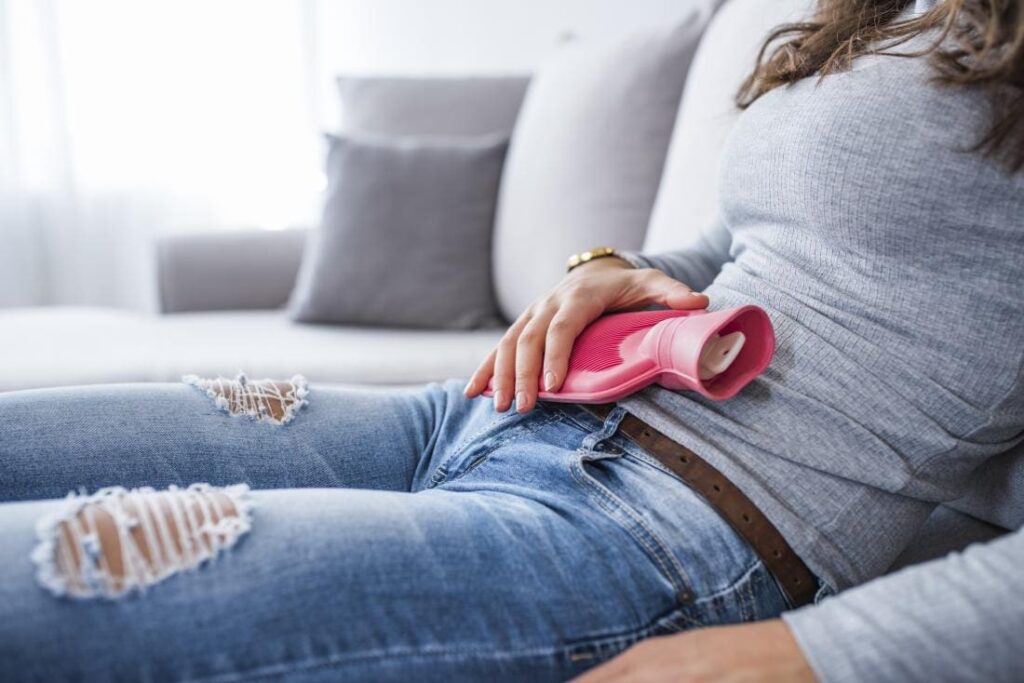Herniated Disc Nutrition Plan for Expedited Recovery
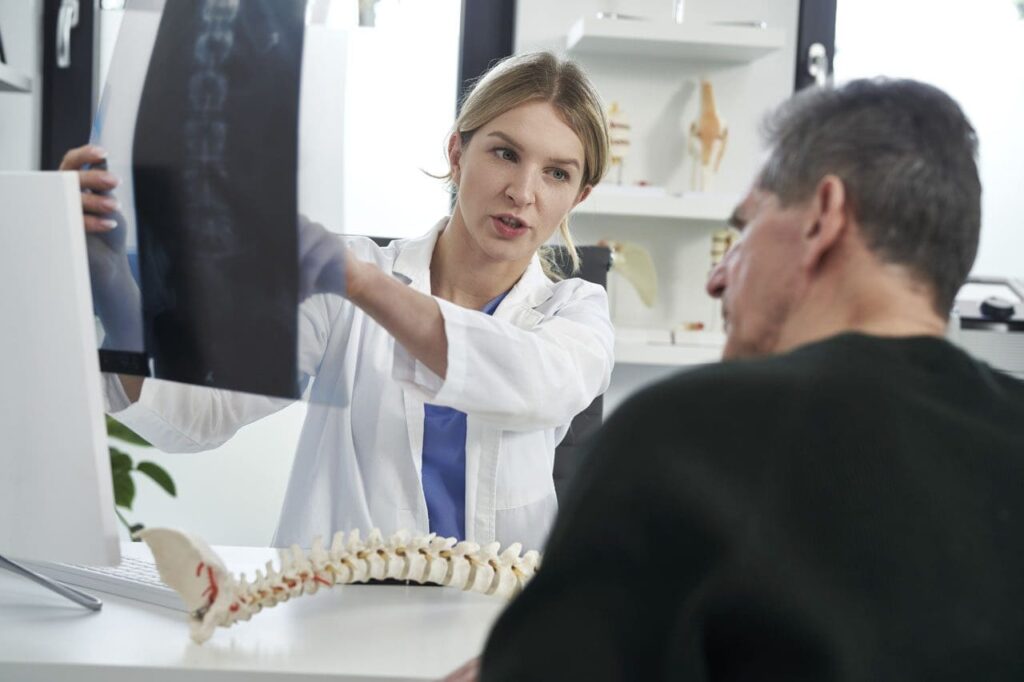
Eat to Help a Herniated Disc: Protein, Omega-3s, Vitamins, Minerals, and Hydration for Faster, Healthier Spine Recovery
Overview
What you eat can help your spine heal. Foods rich in protein, omega-3 fatty acids, vitamins, and minerals support tissue repair, calm inflammation, and keep your spinal discs healthy and hydrated. When you pair smart nutrition with integrative care—like chiropractic adjustments and non-invasive decompression—you can lower disc pressure, improve nerve function, and speed recovery. This guide explains how to build a spine-friendly plate and water routine that works in real life. (National Spine Health Foundation, 2024; Texas Back Institute, n.d.; Jimenez, 2022–2025). El Paso, TX Doctor Of Chiropractic+3National Spine Health Foundation+3Texas Back Institute+3
Why nutrition matters for herniated discs
A herniated disc happens when the soft center of a disc pushes through its outer layer, which can irritate nearby nerves and cause pain, tingling, or weakness. Your body tries to calm the area and rebuild tissue—but it needs raw materials (amino acids, vitamins, and minerals) and fewer inflammatory triggers to do so effectively. A diet centered on lean protein, omega-3-rich foods, colorful produce, nuts, seeds, and whole grains provides these nutrients while helping control inflammation. (Texas Back Institute, n.d.; Healthline, 2021; National Spine Health Foundation, 2024). Texas Back Institute+2Healthline+2
Hydration: the first “nutrient” for discs
Spinal discs are mostly water. They act as shock-absorbing cushions between vertebrae and rely on hydration to stay plump and flexible. When you’re dehydrated, discs lose height and elasticity, which can increase stress on the outer layers and irritate nerves. Drinking water throughout the day helps transport nutrients to discs and supports synovial fluid, which promotes smooth joint motion. Aim for steady intake, not just big gulps once or twice a day. (National Spine Health Foundation, 2024; Jimenez, 2018; ANSSI Wellness, 2025). National Spine Health Foundation+2El Paso, TX Doctor Of Chiropractic+2
Hydration how-to (simple steps):
- Keep water visible—on your desk, nightstand, and in the car.
- Add water-rich foods like cucumbers, citrus, and melon to meals.
- Limit sugary and highly caffeinated drinks, as they can dehydrate you. (Jimenez, 2025). El Paso, TX Doctor Of Chiropractic
Protein: the building block for repair
Your spine’s muscles, ligaments, and the collagen network inside discs all rely on amino acids. Getting enough protein helps you rebuild tissue and maintain strength that supports the spine. Good choices include fish, poultry, eggs, Greek yogurt, beans, and lentils. If you eat plant-based foods, mix legumes, soy, and grains to cover essential amino acids. (Texas Back Institute, n.d.; Frisco Spinal Rehab, 2025). Texas Back Institute+1
Collagen support: Collagen and glycine can help rebuild connective tissue. You can get these from bone broth, collagen peptides, or cuts of meat that include cartilage and skin. Plant sources (like soy and beans) also provide amino acids, though you may need a bit more volume to match the totals. (DiscSeel/Dr. Pauza, n.d.; Frisco Spinal Rehab, 2025). Discseel+2drkevinpauza.com+2
Omega-3 fatty acids: dial down inflammation
Omega-3s from fatty fish (salmon, sardines, herring, mackerel, and anchovies), walnuts, chia, and flax help calm the inflammatory pathways that often flare with disc injuries. Many people notice better joint comfort when they replace some omega-6-heavy processed foods with omega-3-rich whole foods. (Healthline, 2019/2021; National Spine Health Foundation, 2024). Healthline+2Healthline+2
If you don’t eat fish, nuts and seeds are solid choices. Chia, flax, and walnuts provide ALA (a plant omega-3), plus fiber and magnesium—both helpful for nerve and muscle function. (417 Spine, 2024). 417spine.com
Vitamins & minerals that support discs, nerves, and bones
Vitamin C
Vitamin C helps your body make collagen—the framework inside discs, ligaments, and other connective tissues. Citrus, berries, bell peppers, and leafy greens are easy ways to get it daily. (Spine Orthopedic Center, 2024). Spine & Orthopedic Center
Vitamin D + Calcium + Magnesium
These nutrients work together. Vitamin D helps you absorb calcium; magnesium helps activate vitamin D and supports bone and muscle function. You’ll find calcium in dairy and fortified plant milks, leafy greens, beans, nuts, and small bony fish (like sardines). Magnesium shows up in spinach, pumpkin seeds, almonds, beans, and whole grains. (National Spine Health Foundation, 2024; National Spine Health Foundation, 2017). National Spine Health Foundation+1
B-vitamins and antioxidants
Colorful fruits and vegetables provide antioxidants that help fight oxidative stress, which can worsen pain and tissue damage. Look for dark leafy greens and bright berries—simple swaps with big payoff. (Illinois Back Institute, 2024; Spine Wellness America, 2024). illinoisbackpain.com+1
What a spine-supportive plate looks like
Build most meals with:
- A quality protein (¼ plate): grilled salmon or trout; baked chicken; eggs; or plant options like tofu, tempeh, beans, or lentils. (Texas Back Institute, n.d.; Healthline, 2019). Texas Back Institute+1
- Colorful produce (½ plate): leafy greens, cruciferous vegetables, tomatoes, and berries for vitamin C, vitamin K, antioxidants, and fiber. (Bonati Spine Institute, 2021; Illinois Back Institute, 2024). Bonati Spine Institute+1
- Smart fats (1–2 thumbs): extra-virgin olive oil, avocado, walnuts, almonds, chia, and flax. (417 Spine, 2023–2024). 417spine.com+1
- Whole grains or starchy veggies (¼ plate): quinoa, brown rice, oats, winter squash, or sweet potatoes to fuel healing and provide magnesium and potassium. (National Spine Health Foundation, 2024). National Spine Health Foundation
Snack ideas: Greek yogurt with berries; a small handful of mixed nuts and seeds; hummus with carrots and cucumbers; chia pudding; or a bone-broth mug for extra collagen. (DiscSeel/Dr. Pauza, n.d.; 417 Spine, 2024). Discseel+1
Simple 1-day starter menu (easy high-school level)
- Breakfast: Greek yogurt parfait with blueberries, sliced almonds, and a sprinkle of chia; water or green tea.
- Lunch: Salmon salad over spinach and kale with cherry tomatoes, quinoa, olive oil vinaigrette, and sliced orange.
- Snack: Bone broth or collagen smoothie (banana + spinach + collagen peptides + water).
- Dinner: Turkey chili with beans and bell peppers; side of roasted broccoli; whole-grain tortilla; water.
- Hydration goal: Fill a 24-oz bottle and finish it twice by dinner, then have another glass in the evening. (Healthline, 2019; National Spine Health Foundation, 2024; DiscSeel/Dr. Pauza, n.d.). Healthline+2National Spine Health Foundation+2
Foods to emphasize for herniated disc recovery
- Fatty fish (salmon, sardines, mackerel, herring, and anchovies): protein + omega-3s to reduce inflammation. (Healthline, 2019). Healthline
- Berries (blueberries, strawberries, blackberries): vitamin C and polyphenols to support collagen and calm oxidative stress. (Florida Spine Associates, 2021). Florida Spine Associates
- Leafy greens (spinach, kale, and collards): magnesium, vitamin K, and antioxidants for bone and connective tissue health. (Spine Orthopedic Center, 2024). Spine & Orthopedic Center
- Nuts and seeds (walnuts, almonds, chia, flax): healthy fats, magnesium, and fiber—great for inflammation control and nervous system support. (417 Spine, 2024). 417spine.com
- Lean meats, eggs, yogurt, beans, and lentils: protein for repair; pair with produce for vitamins that drive collagen synthesis. (Texas Back Institute, n.d.; Frisco Spinal Rehab, 2025). Texas Back Institute+1
- Bone-broth or collagen (optional): extra glycine/proline to support connective tissue repair. (DiscSeel/Dr. Pauza, n.d.). Discseel
Foods and habits to limit
Most people do best limiting refined sugars, ultra-processed foods, and excessive alcohol or caffeine, which can worsen inflammation or interfere with calcium balance and hydration. Choose whole foods most of the time. (National Spine Health Foundation, 2024; Verywell Health, 2024). National Spine Health Foundation+1
How nutrition and chiropractic integrative care work together
Chiropractic adjustments and gentle spinal decompression can reduce disc pressure, improve nerve flow, and help you move with less pain—all without surgery. When you combine these treatments with targeted nutrition and hydration, you may get better, faster results because well-nourished tissues hold adjustments longer and repair more efficiently. (Jimenez, 2022–2025). El Paso, TX Doctor Of Chiropractic+2El Paso, TX Doctor Of Chiropractic+2
Clinical observations (Dr. Alexander Jimenez, DC, APRN, FNP-BC):
In practice, Dr. Jimenez emphasizes:
- Hydration first to support disc elasticity and nutrient diffusion. (Jimenez, 2018; 2022; 2025). El Paso, TX Doctor Of Chiropractic+2El Paso, TX Doctor Of Chiropractic+2
- Nutrition with care plans—anti-inflammatory foods, adequate protein, and minerals alongside adjustments and decompression. (Jimenez, 2022–2025). El Paso, TX Doctor Of Chiropractic+1
- Dual-scope, integrative approach using lifestyle guidance plus hands-on care, with imaging and diagnostics when needed to guide safe rehab. (Jimenez, LinkedIn profile). LinkedIn
FAQs
Do I need an omega-3 supplement?
Food first is best. If you don’t eat fish, ask your clinician about algae-based DHA/EPA or fish oil, and about medication interactions (such as blood thinners). (Verywell Health, 2023). Verywell Health
Can protein help even if I’m not post-surgery?
Yes. Protein supports the daily repair of muscles and connective tissues around the spine. Most people with disc pain benefit from steady protein at each meal. (Texas Back Institute, n.d.). Texas Back Institute
Are nuts and seeds okay if I’m watching calories?
Yes—use small portions (about a small handful). They deliver fiber, magnesium, and healthy fats that support nerve and muscle function and help control inflammation. (417 Spine, 2024). 417spine.com
How much water should I drink?
There’s no one perfect number, but sipping regularly and watching the color of your urine (pale yellow) is a simple guide. Increase intake with heat, exercise, or high-fiber meals. (National Spine Health Foundation, 2024; ANSSI Wellness, 2025). National Spine Health Foundation+1
7-day “spine stack” checklist
- Daily: Fill a large bottle 2–3 times; include leafy greens and berries; add one omega-3 food; include a palm-sized protein each meal. (National Spine Health Foundation, 2024; Healthline, 2019). National Spine Health Foundation+1
- 3× per week: Fatty fish or plant omega-3 + nuts/seeds. (Healthline, 2019; 417 Spine, 2024). Healthline+1
- Weekly prep: Make a batch of bone broth or pick up collagen peptides if recommended. (DiscSeel/Dr. Pauza, n.d.). Discseel
- Care synergy: Keep chiropractic visits, do your home exercises, and bring questions about diet or supplements to your clinician. (Jimenez, 2022–2025). El Paso, TX Doctor Of Chiropractic+1
Putting it all together
Eating for a herniated disc is not about perfection. It’s about steady hydration and building most meals around protein, omega-3s, minerals, and colorful plants. Pair that with chiropractic integrative care—like adjustments and non-invasive decompression—and you give your spine the best chance to calm inflammation, protect nerves, and rebuild tissues. Start with one habit today: fill your water bottle, plan a salmon-and-greens dinner, or add a handful of walnuts to your yogurt. Small steps add up. (National Spine Health Foundation, 2024; Jimenez, 2022–2025; Healthline, 2019). Healthline+3National Spine Health Foundation+3El Paso, TX Doctor Of Chiropractic+3
References
- ANSSI Wellness. (2025, Sept). How dehydration affects your spine and leads to neck pain. anssiwellness.com
- ANSSI Wellness. (2025, Aug). Bulging disc recovery diet – best foods for spine healing. anssiwellness.com
- Bonati Spine Institute. (2021, May 10). 5 best foods for your spine health. Bonati Spine Institute
- DiscSeel / Pauza, K. (n.d.). Herniated disc: Natural treatment. Discseel
- Florida Spine Associates. (2021, Dec 10). Foods for spine surgery recovery: What to eat and avoid. Florida Spine Associates
- Frisco Spinal Rehab. (2025, Sept 15). The best diet for spinal disc recovery and faster healing. Frisco Spinal Rehab
- Frisco Spinal Rehab. (2025, Sept 2). Glycine: The hidden nutrient for spinal disc healing. Frisco Spinal Rehab
- Healthline. (2019). 13 anti-inflammatory foods. Healthline
- Healthline. (2021, Aug 24). Anchovies: Nutrients, benefits, downsides, and more. Healthline
- Illinois Back Institute. (2024, Oct 14). Diet for low back pain: 7 best foods for relief. illinoisbackpain.com
- Jimenez, A. (2018). Why water is so important to obtaining a healthy spine. El Paso, TX Doctor Of Chiropractic
- Jimenez, A. (2022). Nutrition and chiropractic care: EP functional specialists. El Paso, TX Doctor Of Chiropractic
- Jimenez, A. (2022). Spinal decompression nutrition. El Paso, TX Doctor Of Chiropractic
- Jimenez, A. (2022). Nutrition, the nervous system, and the spine. El Paso, TX Doctor Of Chiropractic
- Jimenez, A. (2024, Aug). Personalized chiropractic nutrition counseling strategies (AMP). El Paso, TX Doctor Of Chiropractic
- Jimenez, A. (2025, Sept). Chiropractic and integrative care for spinal nerve conditions. El Paso, TX Doctor Of Chiropractic
- Jimenez, A. (2025, Sept). Dr. Alexander Jimenez on chiropractic nutrition for injury recovery. El Paso, TX Doctor Of Chiropractic
- National Spine Health Foundation. (2017, Oct 26). Eat to strengthen your bones, ligaments, cartilage, & … National Spine Health Foundation
- National Spine Health Foundation. (2024, May 1). Nutrition and the spine. National Spine Health Foundation
- Spine Orthopedic Center. (2024). The role of nutrition in spine health. Spine & Orthopedic Center
- Spine Wellness America. (2024, Mar 26). Nutrition for spinal health. Spine and Wellness Centers of America
- Texas Back Institute. (n.d.). Herniated disc (condition overview). Texas Back Institute
- 417 Spine. (2023, Apr 6). Reduce pain with anti-inflammatory diet and chiropractic treatments. 417spine.com
- 417 Spine. (2024, Jan 30). Foods that fight inflammation and support a healthy spine. 417spine.com
- Verywell Health. (2024). Foods that definitely cause inflammation. Verywell Health
- Verywell Health. (2023). Is krill oil better than fish oil? Verywell Health
- LinkedIn profile: Jimenez, A. (n.d.). Dr. Alexander Jimenez, DC, APRN, FNP-BC. LinkedIn

